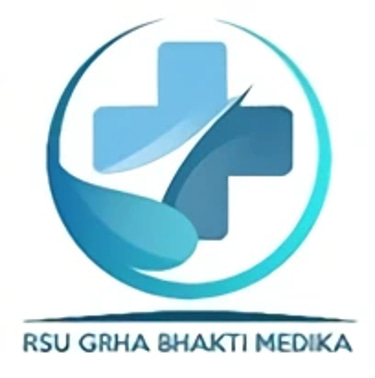Recognizing the Symptoms of Seizures in Children and Their Treatment
ARTICLE INFORMATION
6/10/20243 min read


Seizures in children are a complex phenomenon, characterized by abnormal electrical activity in the brain that occurs suddenly. These seizures can occur so quickly that they are almost unnoticeable, and in some more severe cases, can cause unconsciousness and uncontrollable body tremors. The duration and severity of seizures can vary greatly from one child to another. Some children may only have a seizure once, while others may experience them repeatedly.
In general, seizures are divided into two main categories: focal seizures and generalized seizures. Focal seizures start in one particular area of the brain and can spread to other areas, while generalized seizures involve the entire brain from the start. Symptoms of focal seizures may include changes in consciousness, unusual body movements, or strange sensations, such as numbness or tingling. On the other hand, generalized seizures often cause a sudden loss of consciousness and repetitive or stiff body movements.
It is important to understand that not all seizures are related to epilepsy. Epilepsy is a chronic neurological condition characterized by recurrent seizures with no apparent cause. According to statistics, less than 1 in 10 people who experience seizures will be diagnosed with epilepsy. This suggests that many other factors, such as high fever, infection, or head injury, can trigger seizures in children without an underlying epileptic condition.
Being alert to the early signs and understanding the different types of seizures is very important for parents and carers. With this knowledge, they can be better prepared to respond appropriately and seek necessary medical assistance. Seizures in children require immediate medical attention, especially if the seizure lasts more than five minutes or occurs repeatedly within a short period of time. Appropriate treatment is very important to ensure the child's long-term well-being.
Symptoms of seizures in children can vary greatly depending on the type of seizure experienced. It is important for parents to recognize these symptoms so they can immediately provide first aid and seek medical help. Some common symptoms to look out for include sudden changes in behavior or consciousness, uncontrolled body movements such as stiffness or twitching, loss of consciousness, and confusion after a seizure.
Sudden changes in behavior or consciousness can be an early sign of a seizure. The child may appear absent-minded, unresponsive, or experience sudden mood swings. These symptoms are often difficult to recognize due to their short duration, but they are important to pay attention to.
Uncontrolled body movements are also a common symptom of seizures. The child may experience repetitive stiff or twitching movements. This movement may occur in one part of the body or spread throughout the body. This type of seizure is usually obvious and often causes concern for parents.
Loss of consciousness is another symptom that should not be ignored. A child having a seizure may suddenly faint or not respond to external stimuli. This condition can last a few seconds to a few minutes and requires immediate medical attention.
After a seizure, the child may experience confusion or disorientation. They may not remember what just happened or feel very tired and weak. This confusion can last minutes to hours after the seizure ends.
Recognizing these symptoms is very important to provide appropriate treatment. Parents should always be alert for behavioral or physical changes in their child and seek immediate medical attention if seizures are suspected. With a good understanding of the symptoms of seizures, treatment efforts can be carried out more quickly and effectively.
Handling seizures in children requires quick and appropriate steps to ensure the child's safety and health. First of all, make sure the child is in a safe place to avoid injury. Remove dangerous objects around them and keep children away from places where they could potentially fall or get hurt. Do not try to restrain the child's convulsive movements, as this can cause additional injury.
During the seizure, it is important to keep the child's airway open. Position the child on his side so that liquid or vomit can come out easily, reducing the risk of choking. Do not put anything in your child's mouth, including food, drink, or medicine, while the seizure is in progress. Putting objects in the mouth can cause injury or block the airway.
Once the seizure stops, let the child rest. Usually, children will feel tired and confused after experiencing a seizure. Give it time to recover and monitor its condition closely. Immediately contact medical personnel to get further help and ensure that the child receives appropriate treatment.
If a child's seizures occur repeatedly, the doctor may prescribe anti-seizure medication to help control and reduce the frequency of seizures. Apart from that, the doctor will also provide long-term care guidance which includes routine examinations and drug dose adjustments according to the child's needs. Proper management of this condition is very important to improve the child's quality of life and prevent further complications.
By understanding the treatment and first aid for child seizures, parents and caregivers can be better prepared to face this emergency situation. Prompt and appropriate steps can help reduce the risk of injury and ensure your child gets the necessary medical care as soon as possible.
Contact US
Bypass Prof. Dr. Ida Bagus Mantra No.99, Negari, Kec. Banjarangkan, Klungkung Regency, Bali 80752
(0366) 5684001/5584000
grhabhaktimedika@gmail.com
Copyright © 2025 Grha Bhakti Medika Hospitals.
WA: 0821-4607-8245 - (Front Office)
